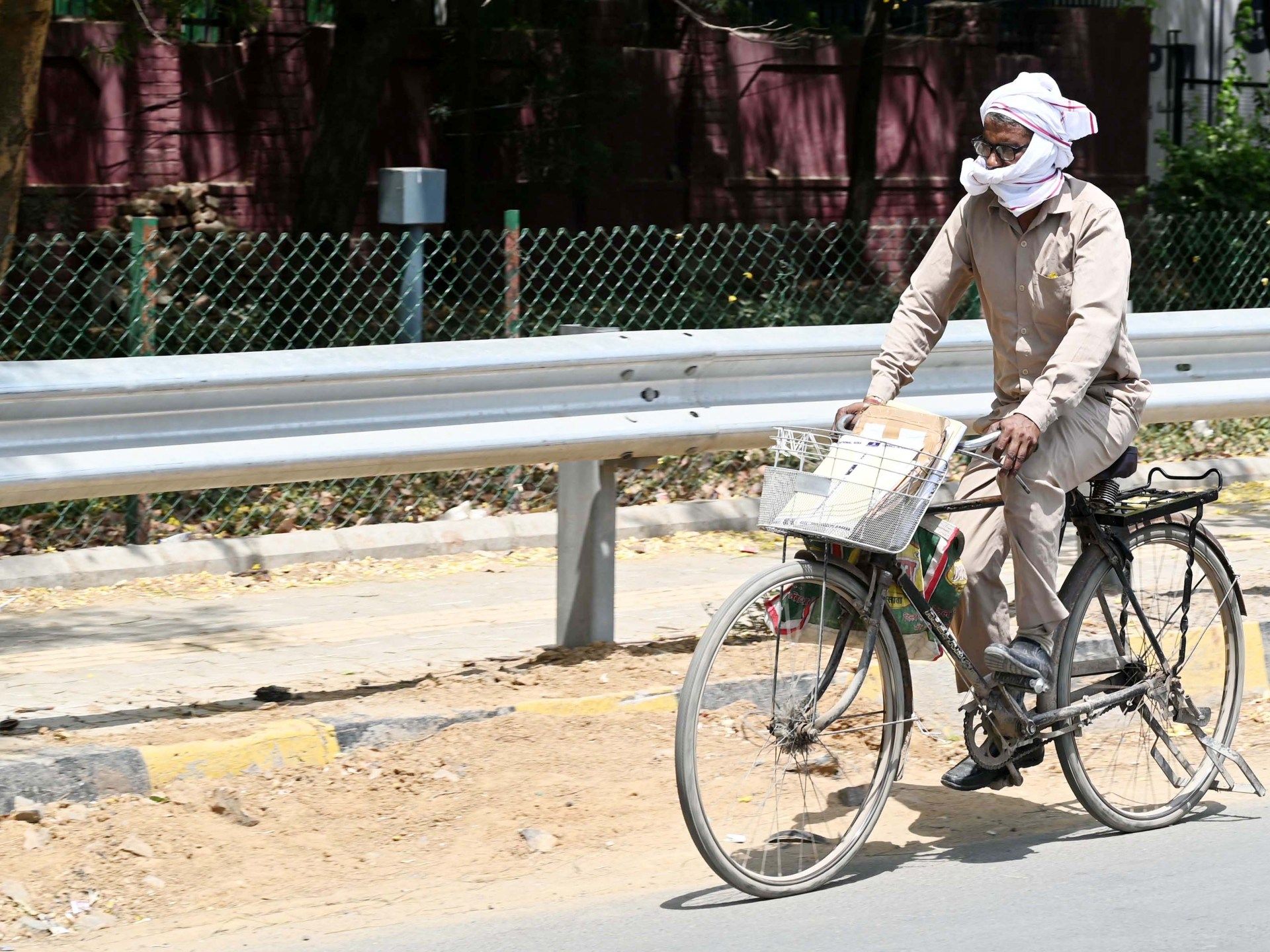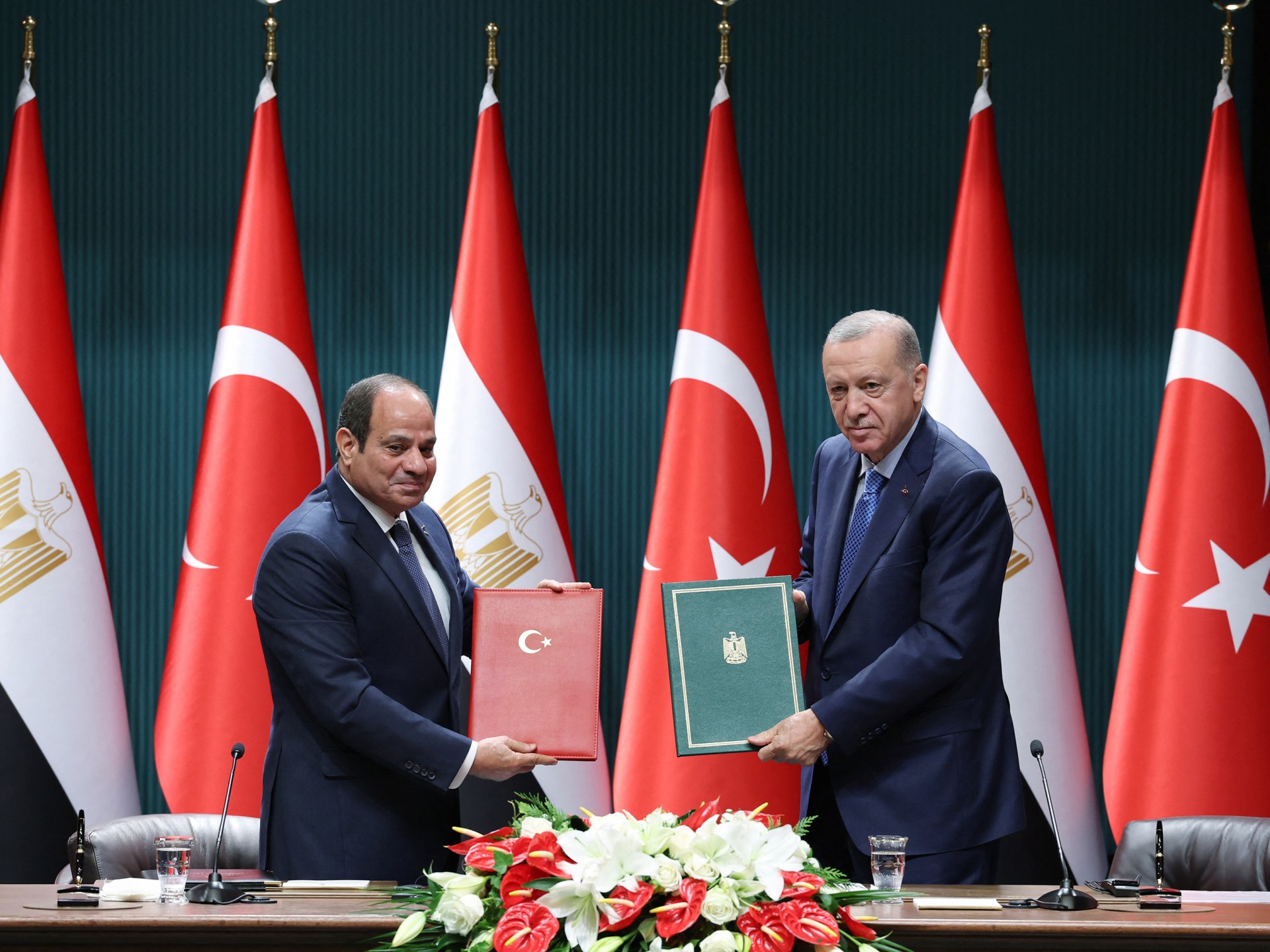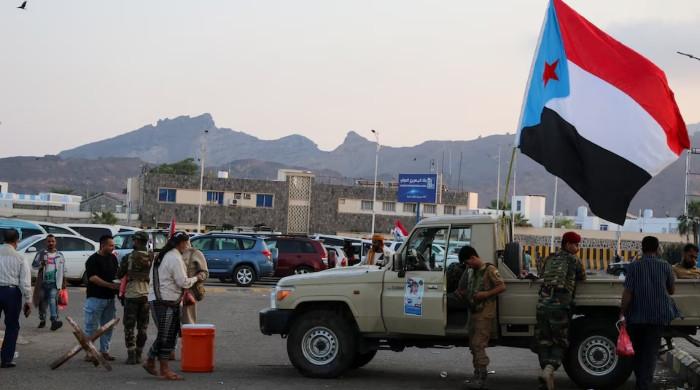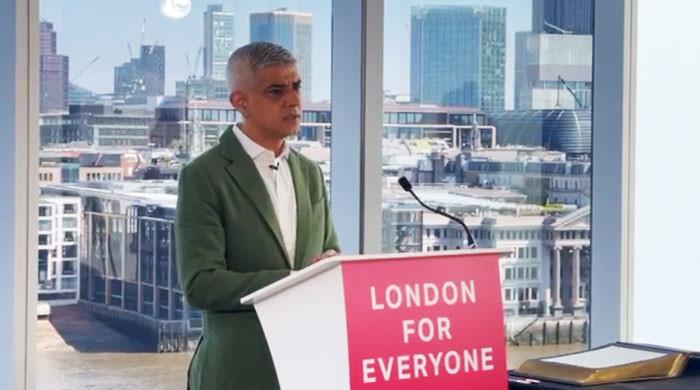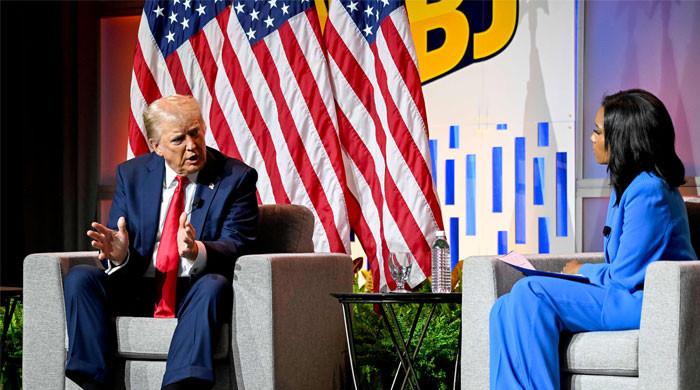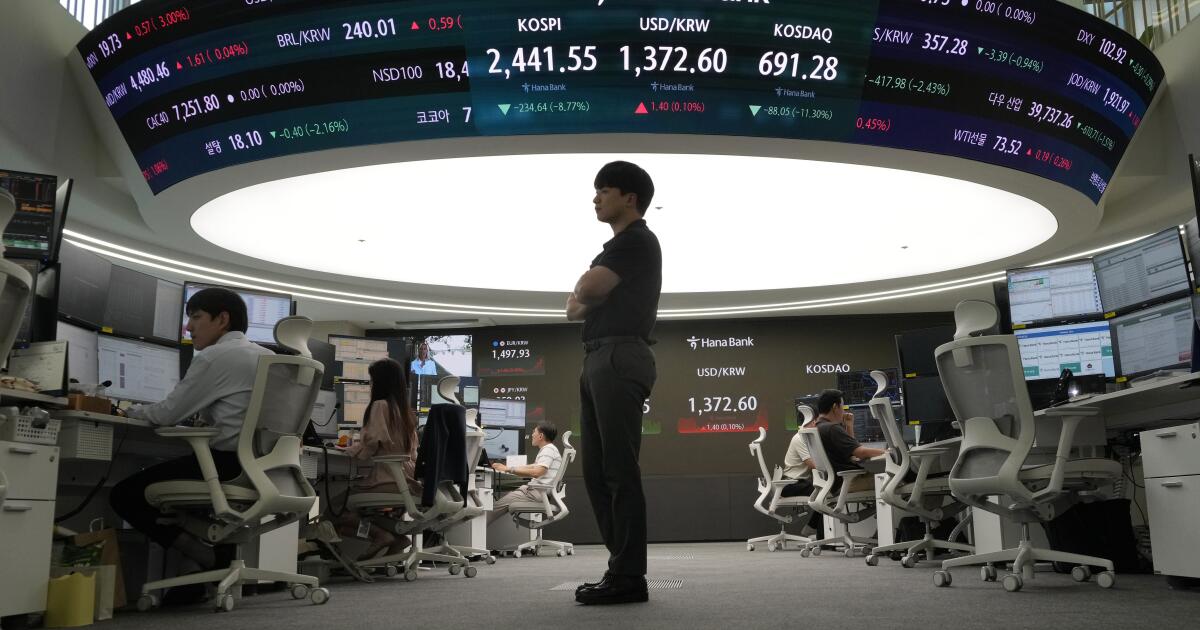New Delhi, India – Every morning, before leaving his rented accommodation in New Delhi, India, worker Aman fills three plastic bottles with water from a small clay pot and stores them with some leftover food inside a shoulder bag. To support his family, the 26-year-old moved from Bihar to New Delhi in 2018 to work as a delivery driver for a logistics company. And it's the most exciting job he's ever experienced; He has never endured such scorching working conditions, he says.
Currently, some parts of India are hit by an extreme heat wave. In the last month, the mercury in Delhi reached the highest temperature ever recorded: 52.9 degrees Celsius (127.2 degrees Fahrenheit); However, weather officials later issued a statement lowering the maximum temperature to 40 degrees (113-120F). In 2021, a report identified India as one of the five countries in the world most exposed to extreme heat.
“When I ride my two-wheeler during work, the hot air blowing on my body makes me feel like I am sitting outside a boiler,” says Aman, who goes by one name. Last month, he fainted due to heat while making a delivery in a remote area of Delhi, he says, adding that a shopkeeper came to his aid and poured cold water on his head. “Since that incident, I make sure to carry small bottles of water and spray water on my head and face several times during the day to stay conscious,” says Aman, his clothes soaked with sweat.
According to a recent report by the United Nations Economic and Social Commission for Asia and the Pacific (ESCAP), rising temperatures in India will reduce daily working hours by 5.8 percent by 2030. 90 percent percent of the country's workers are employed in the informal sector. , lost work hours pose significant challenges.
Aman's family has been concerned about his health and safety. However, quitting or changing jobs is not an option. “While I'm driving I think about what would happen if something unexpected happened to me because of the heat,” she says. “That scares me, but unfortunately I have no skills other than driving and a family to take care of, so I can't leave this job at any cost.”
The scorching temperatures affect him mentally, he says, but also financially because they affect his ability to meet his delivery goals. In winter, his daily income was around 750 Indian rupees ($9). Now that amount has dropped to 500 rupees ($6). “I'm really worried about how I'm going to take care of my family,” he laments as he prepares to deliver the last package of his day, ending a 10-hour shift.
According to a report by government think tank NITI Aayog, there are 7.7 million self-employed workers in India, a figure that is expected to rise to 23.5 million by 2029-30.
Outside a small restaurant in south Delhi, Sharukh, 25, who works at food delivery platform Zomato, stands in front of a rusty old refrigerator installed by the owner. “Posh restaurants don't even allow us to stand in front of their outlets while we are there to pick up orders,” says Sharukh, adding that delivery boys also have to ask for water in the unbearable heat and feel like “untouchables”. ”.
Since the heat wave began, Sharukh has avoided accepting orders from high-end restaurants, preferring small establishments where “they have the humanity to offer us water and a place to rest while they prepare the order.”
“After all, I'm not a machine that can work all day in this unbearable temperature,” he says discouraged, while waiting to pick up the seventh order of his shift. Each day he usually brings home between 500 and 650 rupees (between $6 and $7.80).
From March to May, there were approximately 25,000 cases of suspected heat stroke and 56 deaths in the severe heat wave that hit India. May was the worst month, with 46 heat-related deaths alone, according to the National Center for Disease Control (NCDC). Media outlets such as Reuters and The Hindu have reported that heatwave-related deaths could reach 80 or even 100.
Last month, while delivering an order, Sharukh experienced extreme pain and stomach cramps. Since then, he has skipped heavy meals to stay light and drinks lemonade from street stalls to stay hydrated.
“My health has been severely affected due to the heat this year. After work I feel exhausted and sometimes I have severe headaches,” she states. The high temperatures also affect him at home, where frequent power outages prevent him from getting enough rest, worsening his condition. He says his mother insists he look for a different job, but that's not an option considering the country's high unemployment.
“Also, our companies are not doing much for our safety and well-being,” says Sharukh, wrapping his face with a gamcha (soft cotton towel soaked in water) before heading out to deliver his next order.
Situations such as long work hours, pressure to meet delivery targets, carrying heavy loads, irregular income and lack of social security, such as health insurance, negatively impact the physical and mental well-being of employed workers, according to a report by 2024 from Janpahal, a Delhi-based company. nonprofit.
“Although we all live in similar temperatures, the burden of heat is not shared equally,” explains Greenpeace India activist Selomi Garnaik. “Heat waves disproportionately affect outdoor workers, forcing them to endure extreme temperatures and seriously putting their health and safety at risk.”
It says Greenpeace India demands that the National Disaster Management Authority (NDMA) declare heat waves as a national disaster to ensure “effective allocation of funds for heat wave adaptation, mitigation and relief”.
“Unfortunately, heat action plans are reduced to mere guidance documents; This has to change,” adds Garnaik. “Heat action plans should prioritize outdoor workers and pay attention to their needs, including reducing working hours during heat peaks, providing time off benefits, and ensuring accessible basic public goods such as electricity. and water. “It is time to address this inequality and protect those on the front lines during these difficult times.”

Govinda Shah, 27, who works for Zepto, a grocery delivery platform, says: “The temperature in Delhi is like hell… for people like me who earn daily.” He is sitting under a tree waiting for his next order outside a housing society in India's second largest IT hub, Gurugram, a major satellite city of New Delhi.
He works 10-hour shifts to make ends meet and earns about 600 rupees ($7.20) a day. Excessive heat is both a physical and mental challenge. “I have rashes that hurt when I walk, and my clothes smell really bad, which makes me feel embarrassed in front of the client,” says Shah. “Before I go to sleep, I pray that this heat wave ends soon, or else survival will be difficult.”

